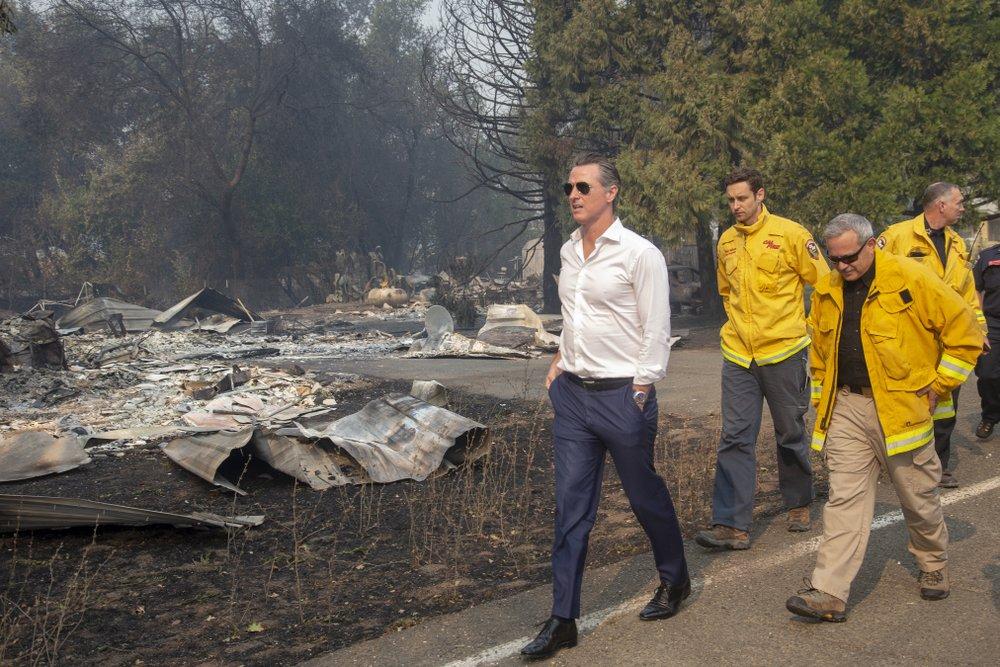According to a statement from U.S. Secretary of the Interior David Bernhardt, the Office of Natural Resources Revenue (ONRR) paid out some $11.69 billion in disbursements from oil & gas production offshore or on federal and Native-American-owned land in Fiscal Year (FY) 2019.
According to the Department of Interior (DOI), this was an increase of $2.76 billion over 2018, and almost double the $6.23 billion in disbursements paid out at the end of the Obama administration (FY 2016).





